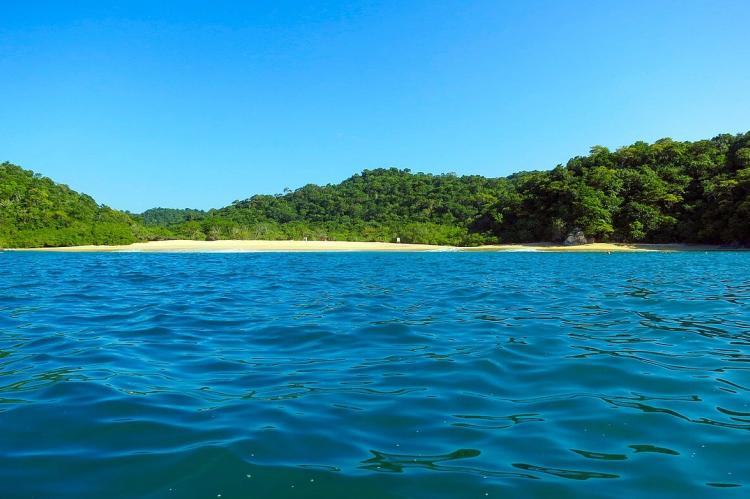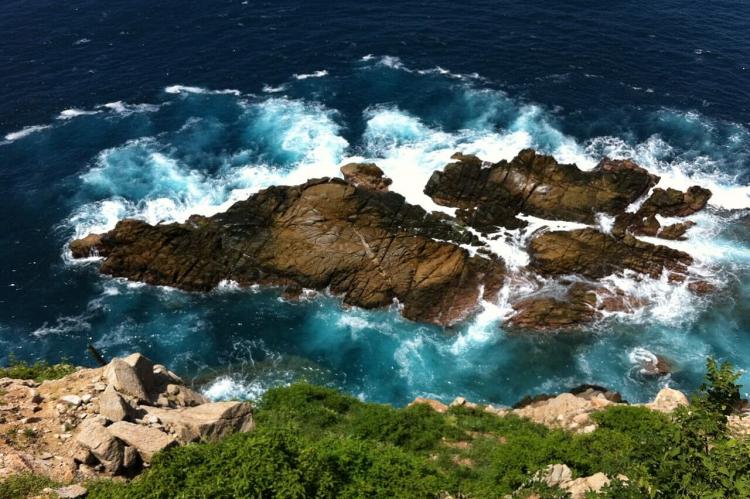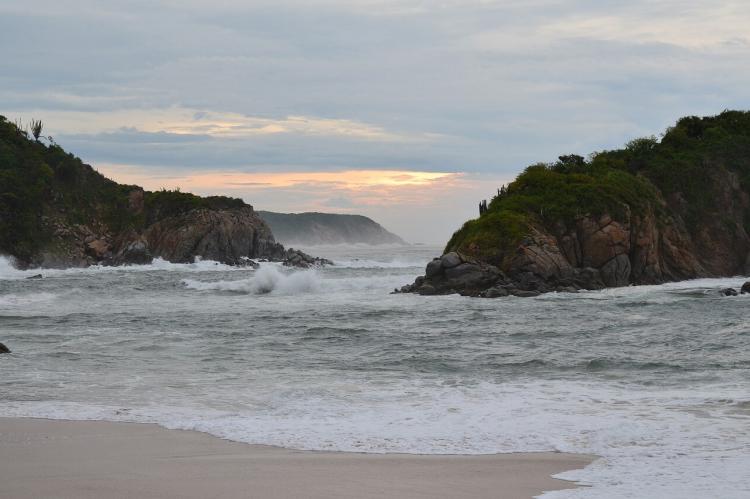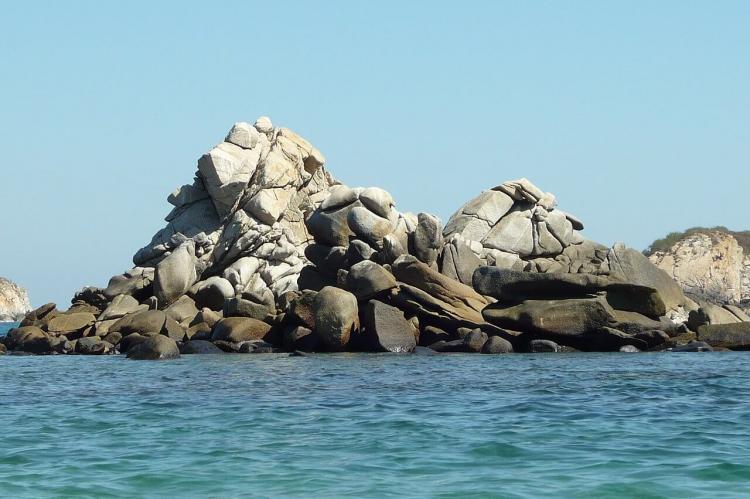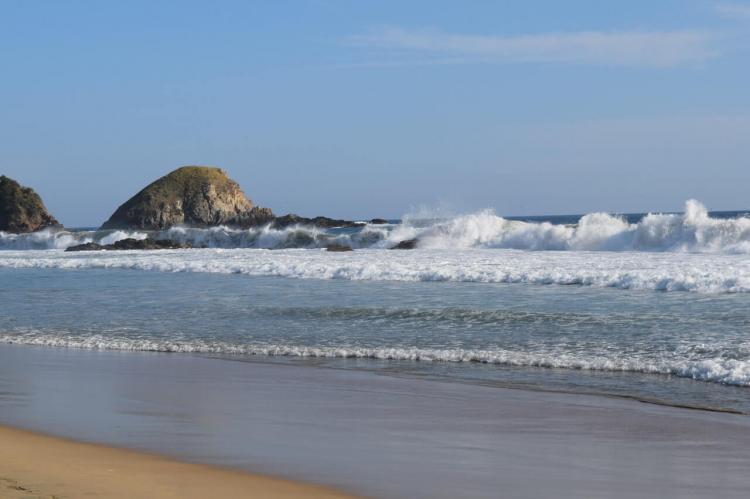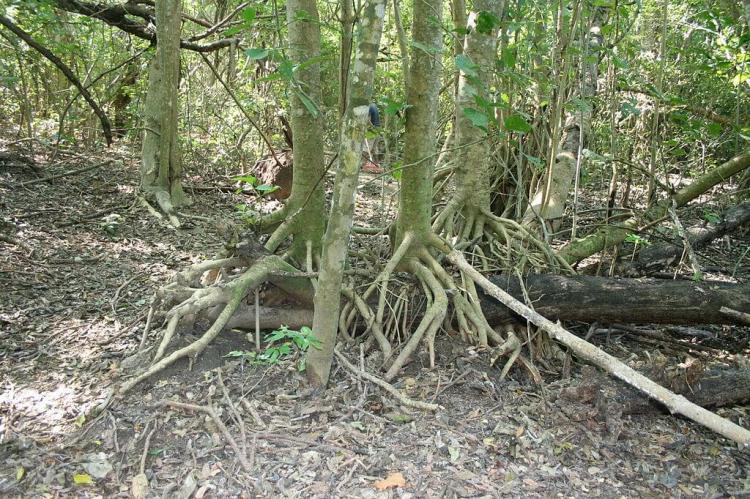Huatulco National Park and Biosphere Reserve: A Coastal Gem in Oaxaca
Huatulco National Park and Huatulco Biosphere Reserve are protected areas along the Pacific coast in Oaxaca, Mexico. The reserve has a terrestrial portion with hills, dunes, cliffs, mangroves, wetlands, savannas, and vegetation. The marine area includes bays, beaches, islands, kelp, and coral communities.
Huatulco National Park and Biosphere Reserve: A Coastal Gem in Oaxaca
Nestled along the Pacific coast of Oaxaca, Mexico, lies the stunning Huatulco National Park and Huatulco Biosphere Reserve. These protected areas offer a unique blend of natural beauty, ecological diversity, and cultural richness, making them a must-visit destination for nature enthusiasts and adventure seekers.
Huatulco National Park
Establishment and Protection
Established in 1998, Huatulco National Park, also known as Bahias de Huatulco National Park, is a testament to Mexico's commitment to preserving its natural heritage. The park covers 5,516 hectares (13,630 acres) of marine territory and 6,375 hectares (15,752 acres) of lowland jungle, ensuring these pristine environments remain undeveloped and protected.
Bays and Marine Life
At the heart of the national park are the breathtaking bays of Bahía Maguey, Bahía Órgano, Bahía Cacaluta, Bahía Chachacual, and Bahía San Agustín. These bays are home to some of the most important coral communities in the Mexican Pacific, showcasing a vibrant underwater world teeming with marine life.
Each bay offers its unique charm and accessibility. Bahía Órgano, named after the cacti that grow there, is only accessible by boat, while Bahía Maguey can be reached by car. Bahía Cacaluta and Bahía Chachacual remain untouched by human constructions and are accessible solely by boat. Bahía San Agustín, the largest and westernmost bay, boasts 1 kilometer (0.6 miles) of pristine beaches and small islets.
Terrestrial Biodiversity
The national park's lowlands are a true haven for biodiversity, with over 9,000 plant species representing approximately 50% of the species in Mexico. The vegetation is dominated by the low forest growth of caducifolia, a subtropical succulent species of flowering plant in the family Euphorbiaceae, with the unique feature of 15-meter (50-foot) tall trees.
The park's fauna is equally diverse, with 264 identified species, including armadillos, white-tailed deer, and an impressive 700 bird species, such as hummingbirds, pelicans, and hawks. Additionally, the park is home to 470 reptile species, including the iconic Black Iguana, salamanders, and snakes. Dolphins, whales, and turtles have also been spotted off the coastline, adding to the park's marine diversity.
Huatulco Biosphere Reserve
Establishment and Geography
Established in 2006, the Huatulco Biosphere Reserve is in the Sierra Madre del Sur physiographic province, characterized by bays, cliffs, and rocky escarpments. The reserve's terrestrial portion comprises rounded hills, isolated hills, dunes, escarpments, cliffs, mangroves, wetlands, savannas, and lowland deciduous and riparian vegetation. The marine part features bays, beaches, islands, kelp, and coral communities.
Environmental Significance
The Huatulco Biosphere Reserve plays a crucial role in preserving the unique geological and ecological features of the region. The site presents rocky associations of various ages, contributing to the diverse texture of the land in Huatulco. The relief of the biosphere reserve is mountainous in its southern portion, with valleys perpendicular to the coast.
Population and Tourism
While there is no human population within the core area of the biosphere reserve, except for the community of El Faisán, the surrounding region has experienced rapid population growth in recent years. Between 1980 and 1990, the population rose from 6,760 to 12,645, representing an average annual growth rate of 6.6%. From 1990 to 2000, the population growth rate was even higher, reaching 8.67%.
The Huatulco Biosphere Reserve occupies a territory recognized as national land under the responsibility of the National Fund for Tourism, highlighting the importance of balancing conservation efforts with sustainable tourism development in the region.
Conservation Efforts and Ecotourism
The Huatulco National Park and the Huatulco Biosphere Reserve play crucial roles in preserving the region's unique ecosystems and promoting sustainable tourism practices. Visitors can engage in various eco-friendly activities, such as hiking, birdwatching, snorkeling, and kayaking while exploring the area's natural wonders.
Guided tours and educational programs are available to raise awareness about the importance of conservation and the rich biodiversity within these protected areas. By promoting responsible tourism and involving local communities, these sites aim to strike a balance between preserving the natural environment and supporting the region's economic development.
Conclusion
The Huatulco National Park and Huatulco Biosphere Reserve are true gems of Mexico's Pacific coast, offering a unique blend of natural beauty, ecological diversity, and cultural richness. Whether seeking adventure, relaxation, or a deeper connection to nature, these protected areas promise unforgettable experiences. These coastal wonders can be preserved for generations by visiting and supporting conservation efforts.
